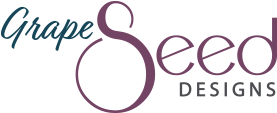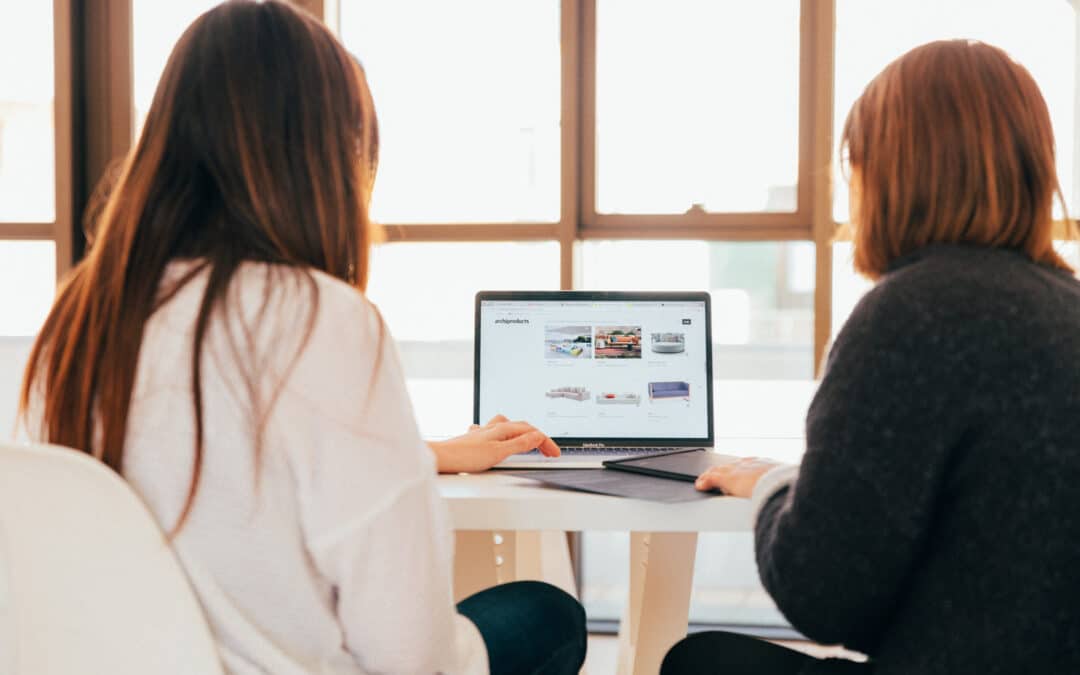You’ve made the choice to work with a designer — congrats! This is a big decision that will take your business to a new level. But there are ways to work with designers that are more effective than others, and collaboration is key.
To get the best experience (and results!), consider these tips.
The process should be collaborative
Nobody knows your audience or your business like you do — you’re absolutely an expert in your field, and your designer needs that insight! But … you’re not an art director.
As much as you are an expert in your field, your designer is an expert in theirs. It’s important to collaborate with a designer so both sides shine through.
So show up and have dialogue. Let them know what you’re looking for, what works for you (and your audience), and what doesn’t.
Be careful not to tell them how to combine design elements, though. “Make this red darker,” “put this text here,” “make the logo bigger” are all considerations your designer is experienced in making.
Communicate clearly (and focus on how you feel)
So how DO you share what you’re thinking? Tell your designer:
What you like.
“I love how the colors come together.”
“The layout here is really appealing.”
“These images are fantastic!”
What you don’t like.
“This feels clunky.”
“I don’t like how this text interacts with this image.”
“This looks too much like XYZ brand.”
(most importantly) What you feel.
“I’m confused here.”
“This makes me feel bored.”
“I love how energizing this feels.”
“I don’t know where to go next.”
“This feels overpowering/underwhelming.”
Isn’t that a little too touchy-feely?
I promise you, exploring how a design feels is where the power is.
Buying is an emotional experience. Sure, customers rationalize their spending logically. It should be a smart place to put their money, right?
But the truth is, plenty of quality options exist to meet any need. What makes you different is how buyers feel about your brand, service, or product.
Since you know your audience best (they’re probably a lot like you), you can relate to how they’ll feel. You know how they respond looking at a website, brochure, advertisement, or packaging.
So how you feel about a design is the cornerstone of giving your designer quality direction.
Trust your designer to know their craft
With all that said, know that your designer has a wealth of tools under their belt. Our training is about leveraging design elements to create a subconscious response.
Design is about balancing form and function. A good designer understands the underlying psychology of how people process information. Most of that processing happens before they’ve dug into any actual text or verbal information.
Your designer should consider:
- how imagery and color set a tone or mood
- how elements integrate to create a particular form, and draw the viewer’s eye from one section to the next
- typographical hierarchy — text and content should be scannable and draw a reader into the story
At the end of the day, you know your audience best, and you know how they want to feel to hand over money. And that is essential. But be sure you trust your designer to know their expertise, too.
Open communication is important in any relationship. High-quality relationships to collaborate with a designer will produce powerful results.

